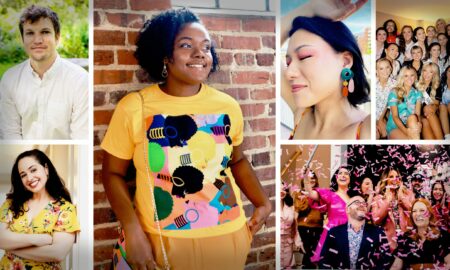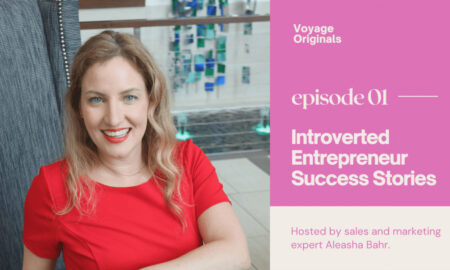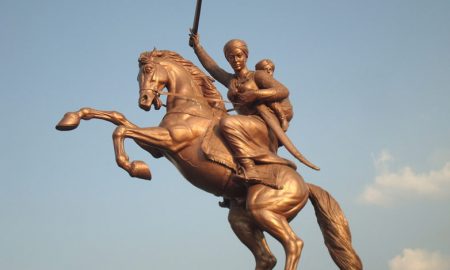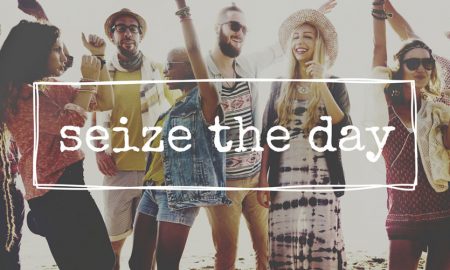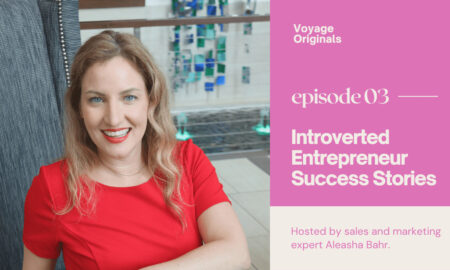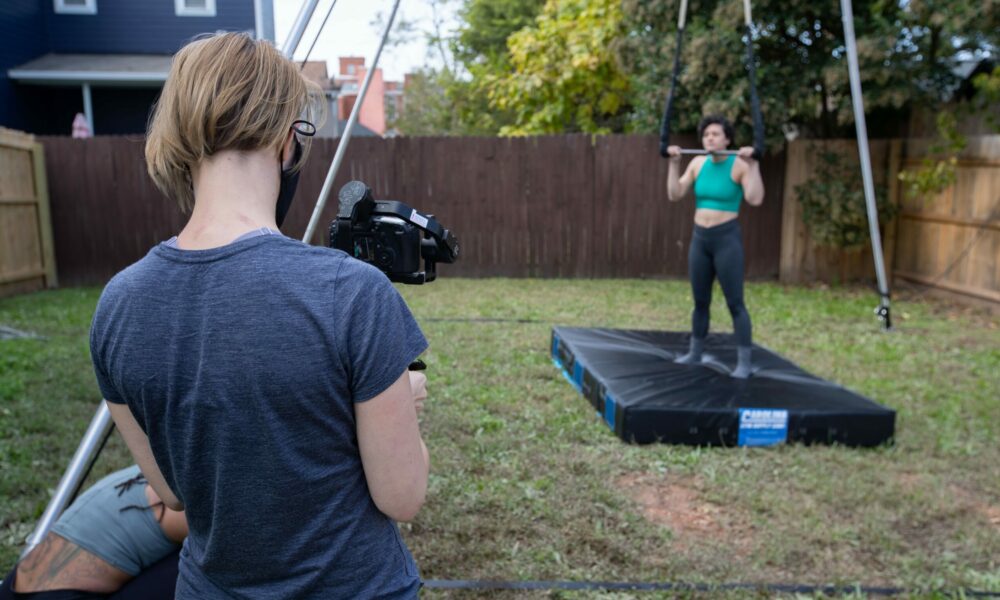

Today we’d like to introduce you to Emma J. Finley.
Alright, thank you for sharing your story and insight with our readers. To kick things off, how did you get started?
My journey as a creative artist started as a journey of personal expression, playfulness with a point-and-click camera, and an interest in art & design. In 2008, I discovered local meetup groups on Flickr exploring off-camera flash and light painting, and by then, I was sold on the art of photography as a personal obsession. I continue to love experimenting with light and color, but more and more, I am drawn to creating concepts, storylines, moods, and messages in my work. I even progressed into video work in 2019, allowing me more tools to build and explore. The same year I picked up my first DSLR camera in 2008, I began my journey into acrobatic dance. Through these years, I have immersed myself in the dance, burlesque, fitness, and art communities, and I continued both arts until it was clear I didn’t want to work anywhere else. I found what felt like home for my artistic spirit. I now thrive on working to uplift small business artist-entrepreneurs in my community who need professional creative direction and quality media production to strengthen their great works as educators, performers, coaches, product designers, and more. I also continue to find joy in taking studio and environmental photography that lights up my creativity. I do many portrait and concept projects within the art and fitness industries and am most at home building up my studio space to get bigger and bolder with my creations.
I’m sure you wouldn’t say it’s been obstacle-free, but so far would you say the journey has been smooth?
For me, the largest struggle began in clarifying what my art was for. I knew I enjoyed my camera and movement practice, and they were both areas typically reserved as hobbies. So at the start, I was resigned that I needed to get a “real job” and stop dreaming of my passions as anything but side work. But coming from a lower-middle-class home, the typical trajectory of school to college to career never fit quite right, and I eventually realized I was better off investing entirely in my passion as a photographer rather than pivoting again and again, trying to make anything else work. So I started experimenting and taking photos of everything I could, learning from mentors and the internet, and getting paid. When I started photographing my acrobat and fitness peers on a whim, things started making sense to me. My studio owner at Aradia Fitness was the first person to encourage me in 2018 to jump into the entrepreneurial route with my photography, giving me the support I needed to create my first work opportunities through themed dance photo events, which I then began hosting at several studios in and around Raleigh.
But I still needed much support, time, experimentation, and failure to get past the “starving artist” role where many photographers live. My projects were hit and miss as I learned what worked and what didn’t, and it took a while for me to narrow my focus and believe in myself to dream bigger with my work. It took a while to figure out how to access paying clients, sustainable work, and how not to get overloaded or question my value with rejection. I learned that quality service, work, and a good attitude are vital. Still, I had no background in business and almost zero formal education in the photography and film industry. I was a shoestring photographer with dreams of bigger, and I had to grow into them over the years.
Photography and film are both still very male-dominated fields. As a woman entering it, it’s expected that you will be a “family photographer,” and that’s your only route to success. I was never drawn to that field, so I had to contend with the challenges of pursuing other focuses. I still get almost a sense of shock when people work with me and see how technical I am in my work and my setups. I have learned the ins and outs of my camera and lenses, and I’m also passionate about shaping light, creating storylines, refining editing, etc. It’s a shame that a woman has to speak louder in the room to be respected, but I can be loud when I need to, and my work stands up for itself.
As demand has grown, I’ve been under pressure to learn how to market myself better, automate, delegate, and eliminate the unnecessary. This year I’ve stopped taking on work that does not fit my brand and started shifting into more defined business practices – refining templates for project creation and client management from start to finish and building systems and automation to keep myself from becoming overwhelmed with what can be endless hours of marketing, client communication, project management, and (as every photographer and videographer knows), *Editing Deliverables*. If you think the life of a photographer is just being on set snapping images, you’ll learn quickly it’s less than a quarter of what I do in my business.
Thanks – so, what else should our readers know about your work and what you’re currently focused on?
My work focuses primarily on movement arts, creative portraiture, and creative videography. I’ve worked with dancers, aerialists, fighters, fitness coaches, educators, actors, musicians, and more. I’m here for it if there’s movement, story, or room for creative flair! I especially love building stand-out professional work for solopreneurs, artists, and small businesses in the arts and movement industries. Whether it’s visual branding, a creative concept piece, or even educational content that will get money in your pocket, I thrive on supporting my community of artists and helping others actualize “the dream” of doing more with their art. I’ll see an affinity for color, contrast, and nuance in lighting and environment in my work. I enjoy questioning conventions and getting experimental, so you’ll often see me playing with long-exposure photography, tossing flour on my subjects, or trying some shoestring film technique that came to me in the night. Because I am detail-focused, I start my clients by getting clear and focused on their needs. Some people know much of what they want, but most need direction to get it right. I come through for my clients with questions that help clarify their message and strategy, and then we build a vision board to get the big picture of what we’ll create. Suppose we’re working on a choreographed dance or a music video. In that case, our pre-production work can get granular – I go through this process beside my client step by step, listening for the message they already have and adding my ideas, deciding on locations, props, shot-listing, etc. My experience in choreography and directing is especially helpful as I often work with people who are not used to being on camera.
I am most proud of the opportunity I’ve had to build work and relationships with nationally and internationally known artists and businesses, such as pole dancer Heidi Coker (https://www.heidicoker.com/), musician Cameron Gillette (of LYLVC, BABYWOLF. Smoke From All The Friction), and the international pole dancing competition Pole Sport Organization (https://polesportorg.com/).
In addition to the clients I work with, I’m also proud of the team I’m fostering to build my work bigger and better because quality productions are more than just a one-person job. It helps to have an extra eye, an extra hand, and an expert on set for makeup and styling. My clientele and my team are diverse in cultural representation, queerness & femininity, and we support an all-bodies positive environment is especially important to me because I understand the value of representation in media. I am proud that my work helps uplift minority voices and provides diversity in the arts and movement industries.
In terms of your work and the industry, what are some changes you expect to see over the next five to ten years?
The most obvious change in media over the past decade has come from the evolution of social media. Every day people pick up a phone or camera to create “content,” and fast-paced content has become king in the world of Instagram and TikTok. Where dynamic photos once held a viewer’s attention quickly, now you’re expected to build engaging reels full of personality crammed into 60 seconds or less. Still, it better has flashy cuts and gets straight to the point because we need to keep scrolling toward the next one. And if you’re not posting multiple times a week, do you want to build an audience?
This model is flashy and works in some ways but can get overwhelmingly fast. Artists and entrepreneurs need to understand social media trends and integrate what works into their strategies. However, if you’re building for the long game, you’ll still need a solid visual brand, an external landing page outside social media, and bigger creative work beyond a 60-second reel. People are becoming increasingly attuned to the downsides of fast-paced content and are yearning for depth.
As our industry evolves, the call to action for artists and movers is to create bigger projects, programs, and online communities outside of social media. My goal is to help artists bring their communities back to more intimate spaces where their voices can be heard above the clamor of puppy videos, political bandwagoning, and cheap thrills. This is where quality matters and where my work thrives.
Contact Info:
- Website: https://emmajvisual.mypixieset.com/
- Instagram: www.instagram.com/emmajvisuals
- Facebook: www.facebook.com/emmajvisuals
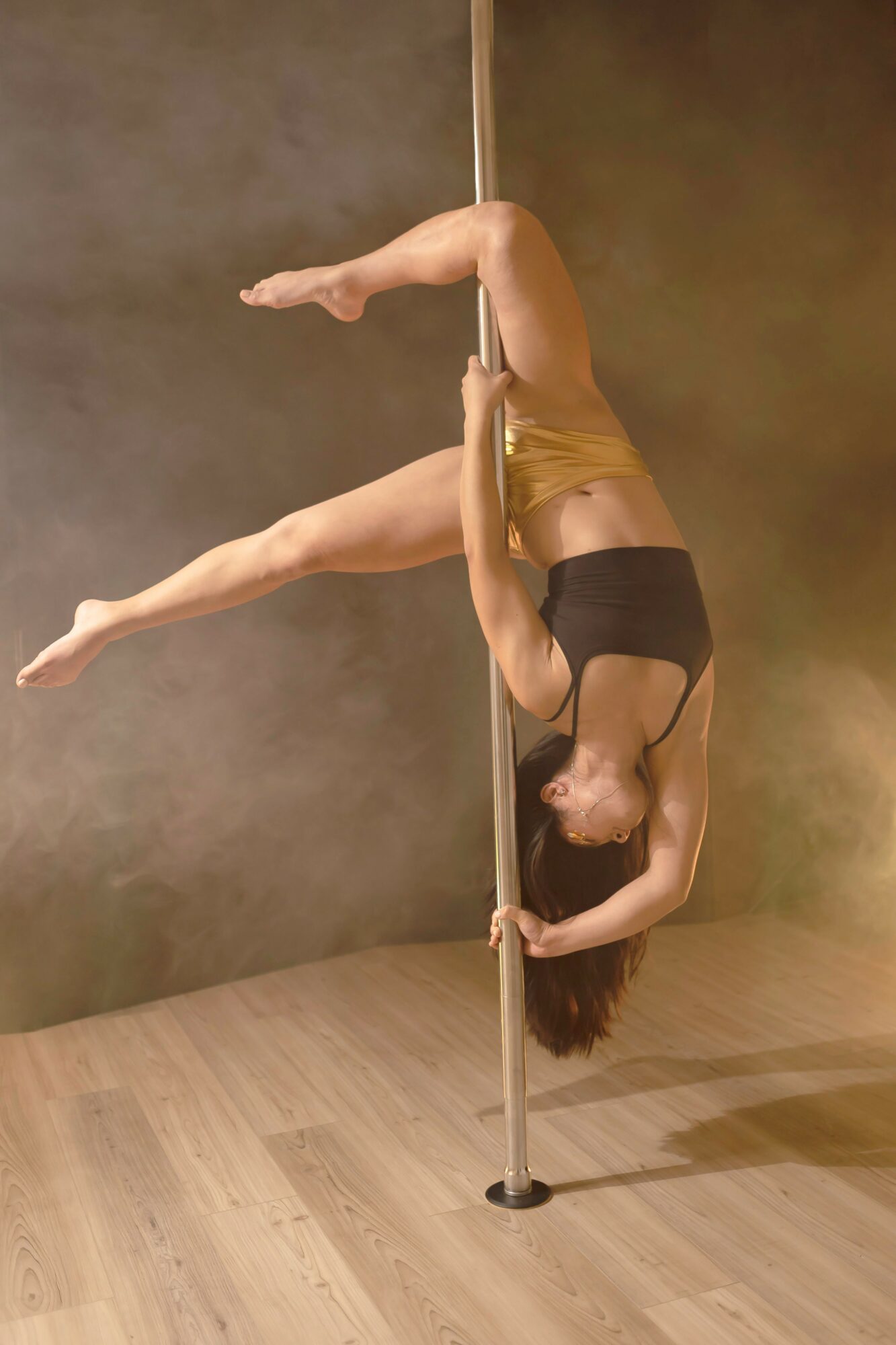
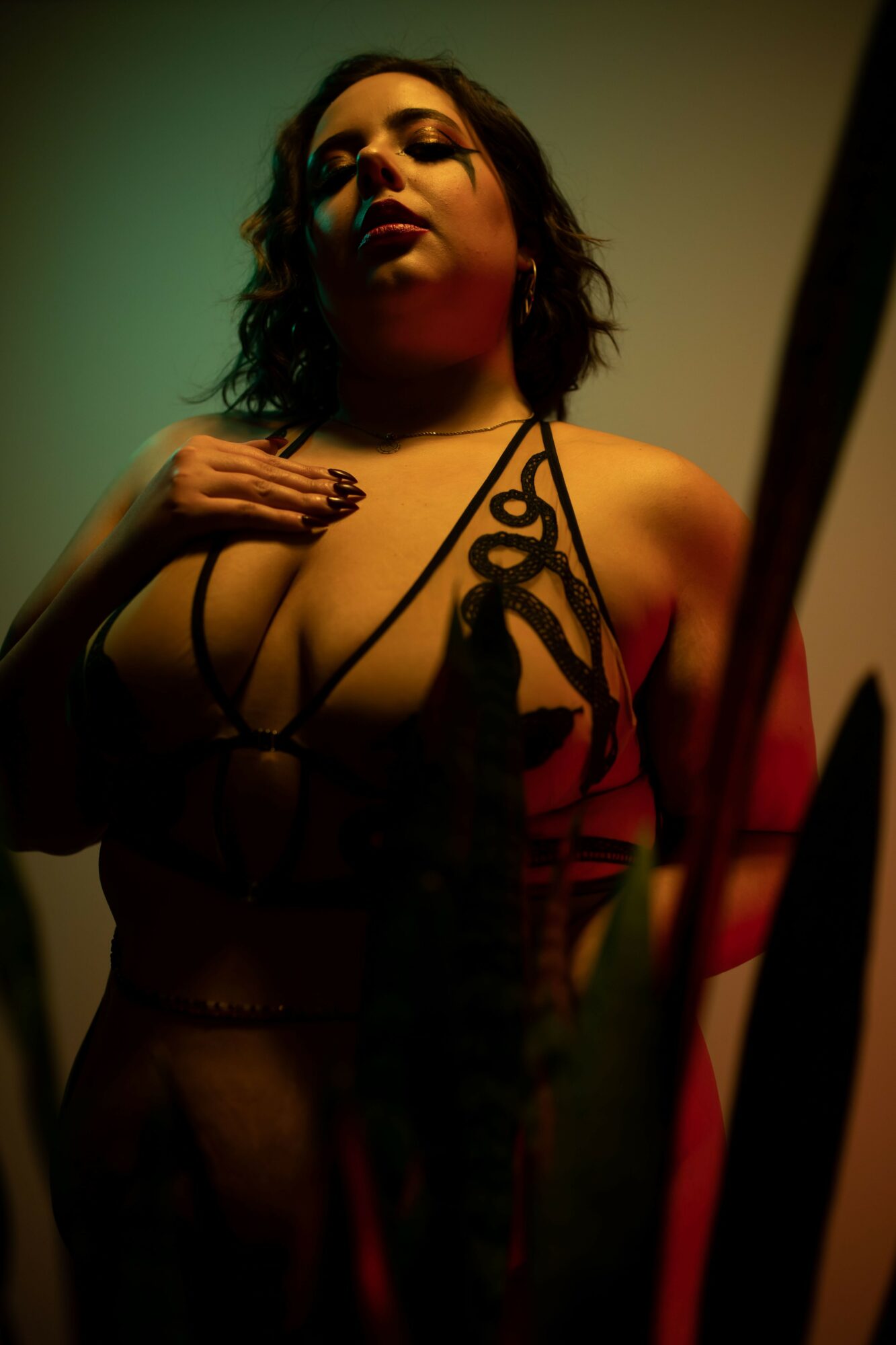
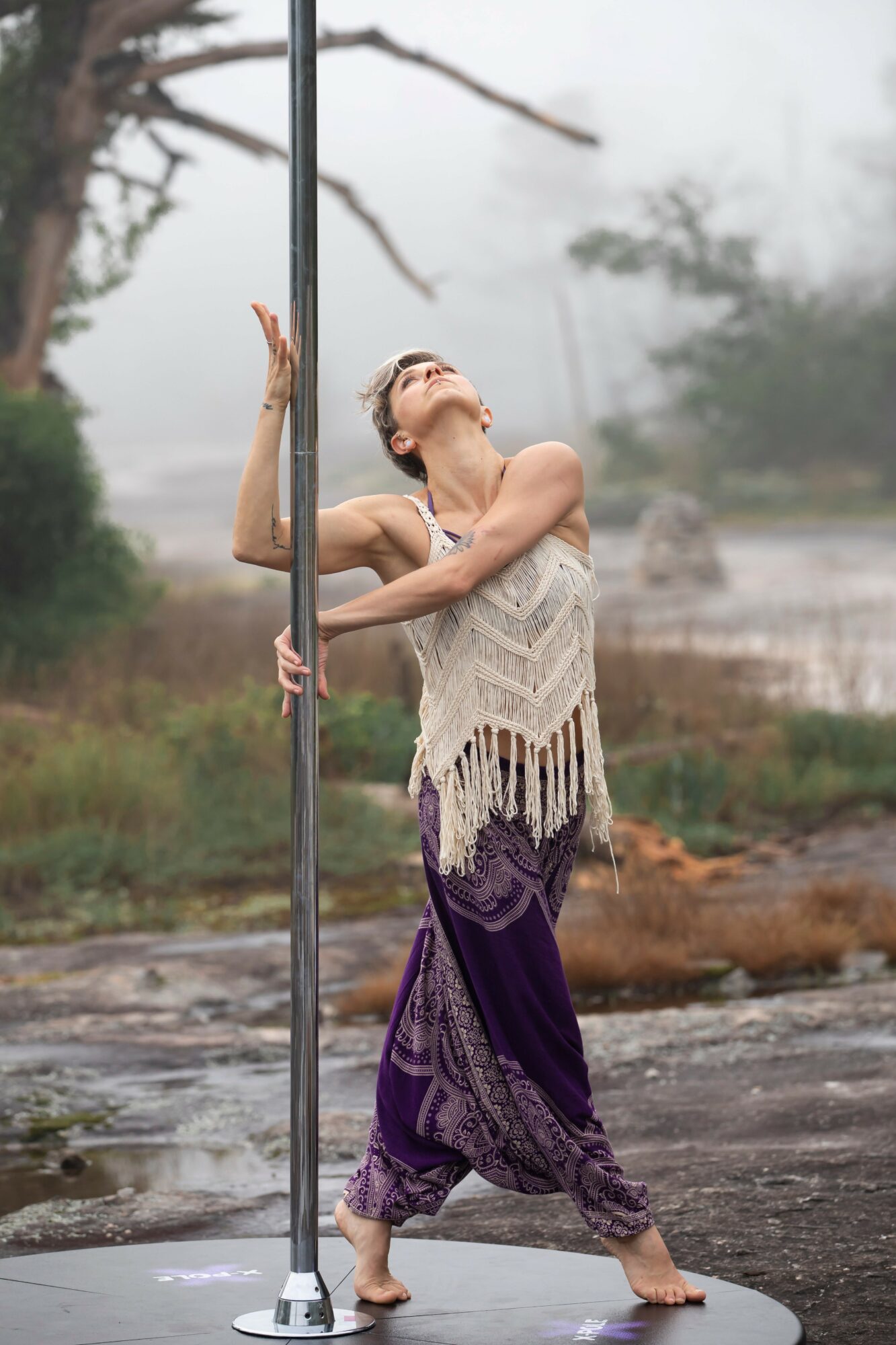
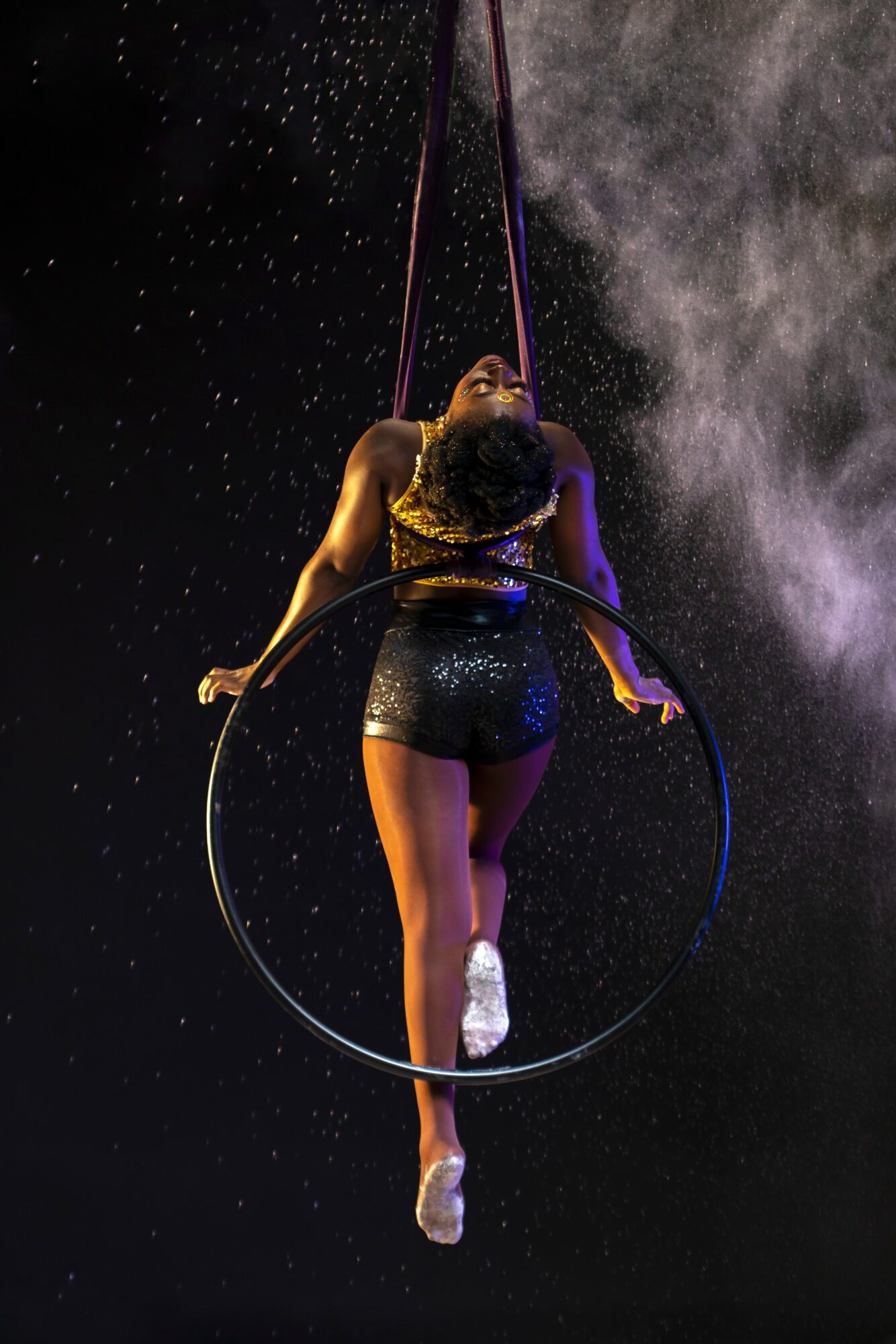
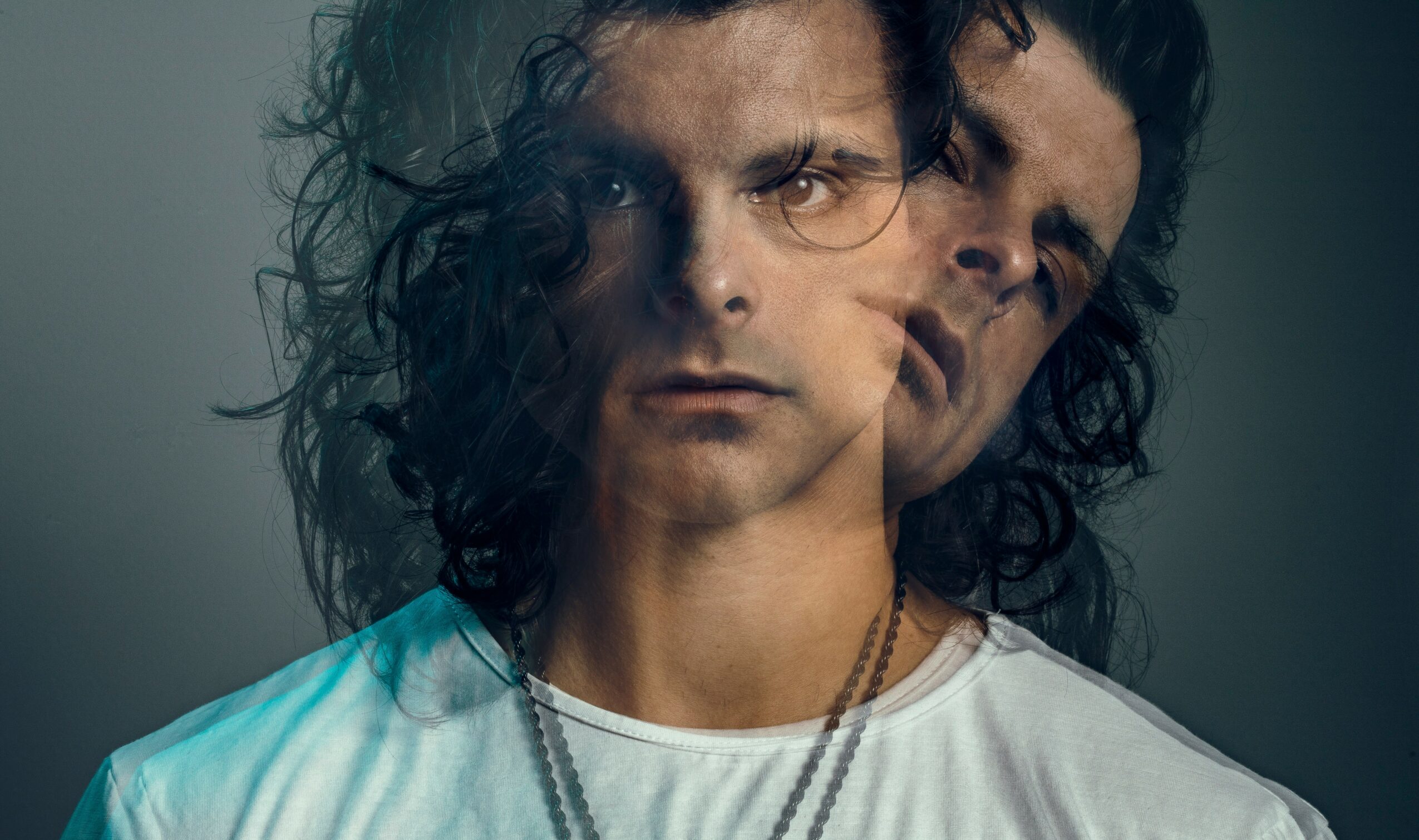
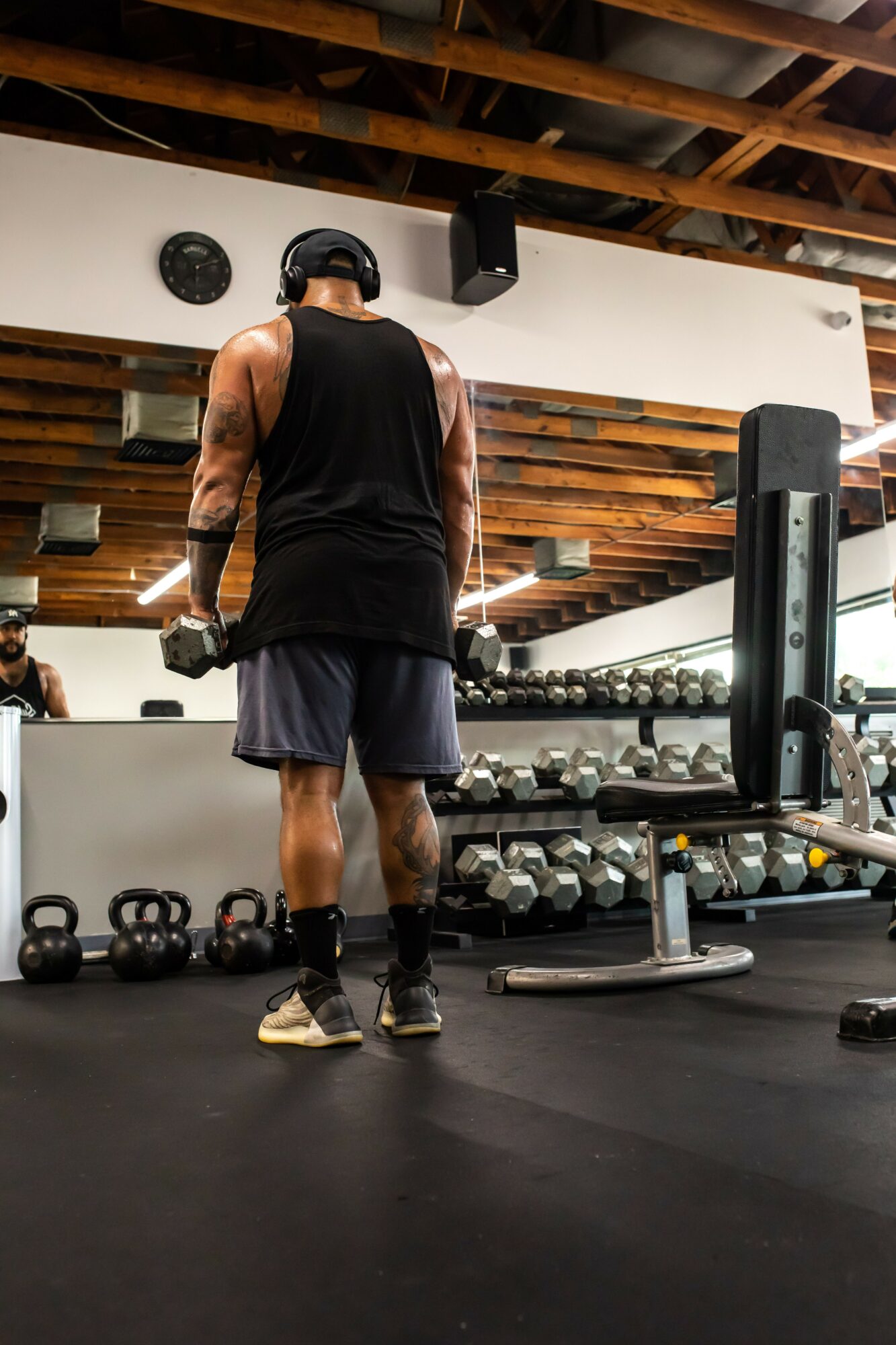
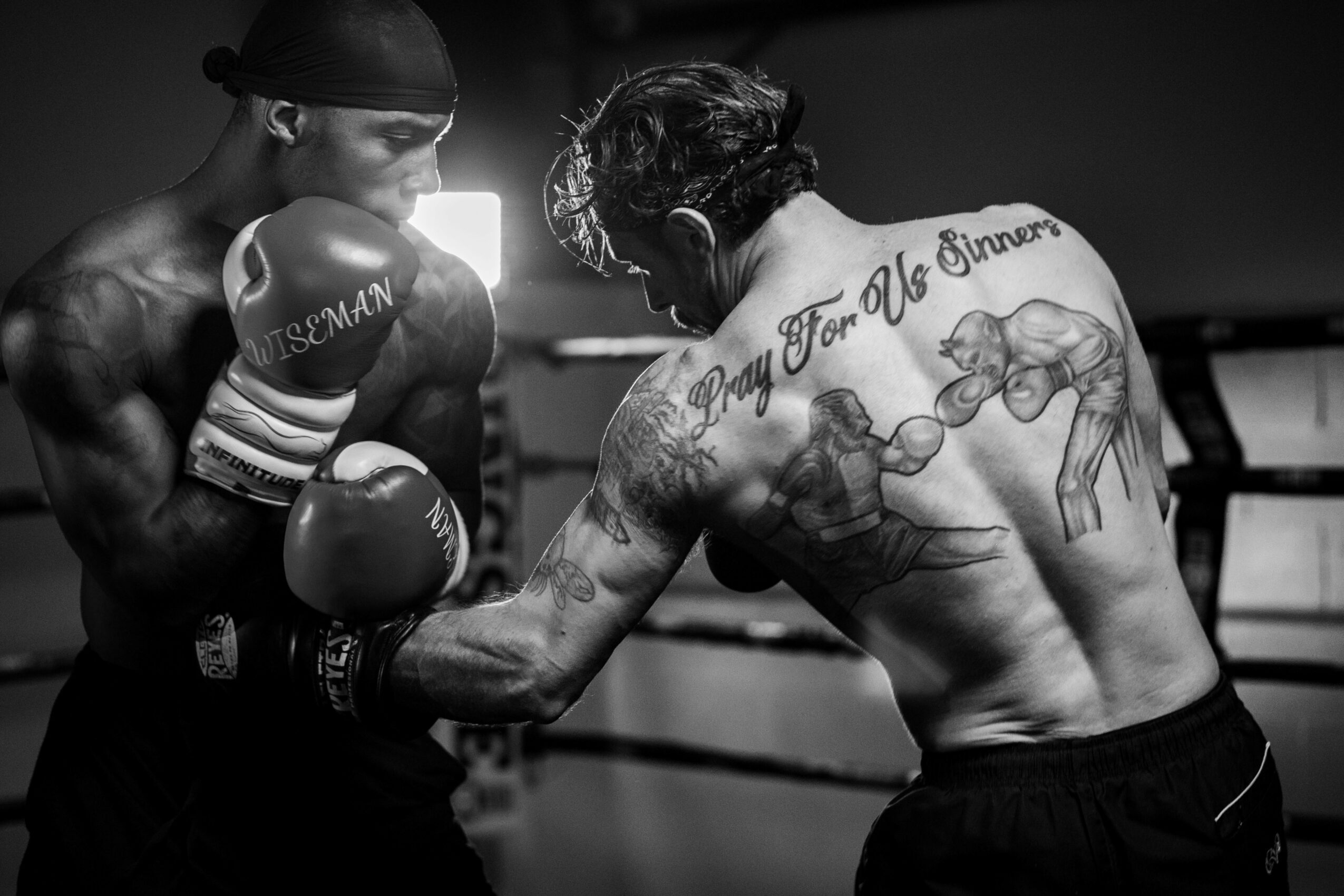
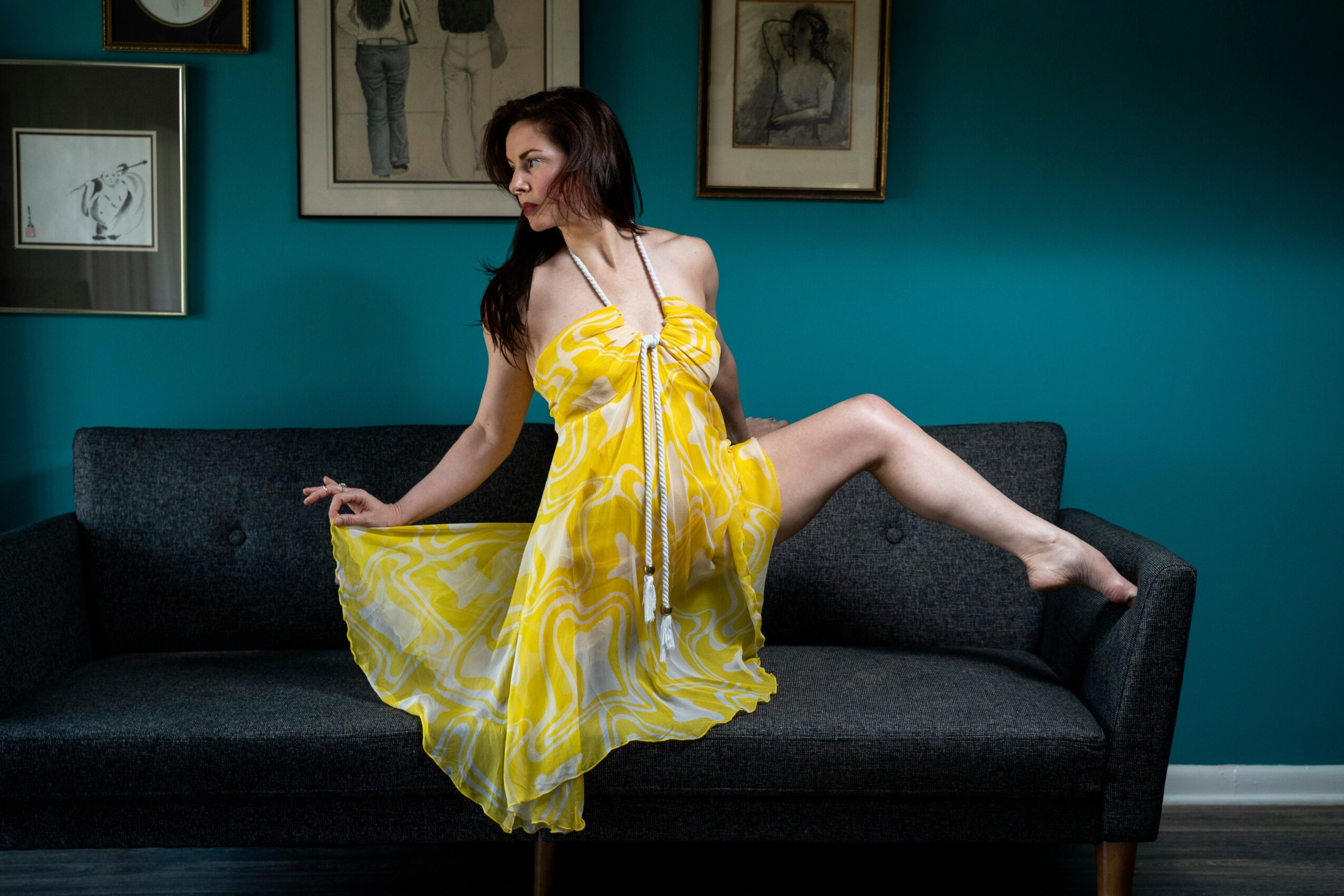
Image Credits
Models : Susan Xia, Alex Williams, Heidi Coker, Cecile Ognado, Cam Gillette, Ariel Lopez, Calvin Donte, Randy Wood, Amanda Longo.

